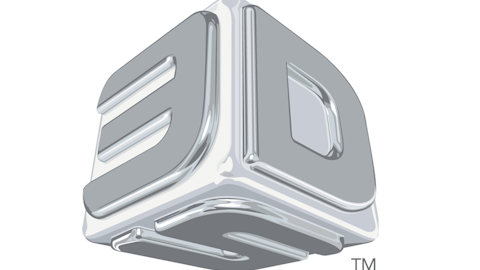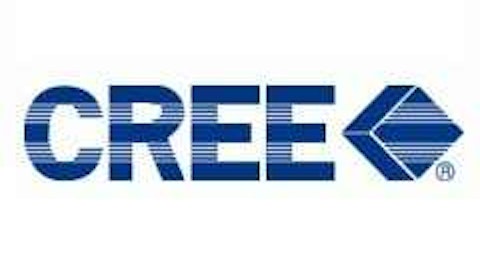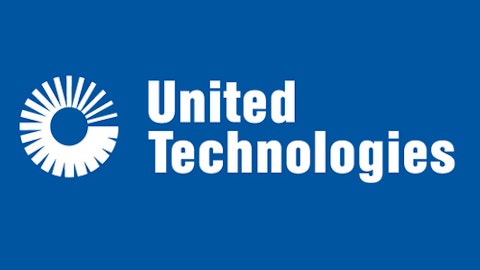Major industrial metals 3-D printing technologies and the players
First, a cheat sheet:
| Technology | Manufacturer(s) |
| Direct Metal Laser Sintering (DMLS) | EOS, Germany (privately-held) |
| Selective Laser Melting (SLM) | Renishaw, U.K. (listed on London Stock Exchange)SLM Solutions, Germany (private) |
| Electron Beam Melting (EBM) | Arcam, Sweden (NASDAQ OMX Stockholm) |
| LaserCUSING | Concept Laser, Germany |
| Digital Part Materialization (DPM), or what the ASTM might consider binder jetting | ExOne Co (NASDAQ:XONE) |
This table is not all-inconclusive. It’s just meant to be a decent summary of the major technologies and manufacturers.
The companies acquired by General Electric Company (NYSE:GE), Morris Technologies and RQM, have specialized in using DMLS technology. However, they do have at least one EBM machine.
There are benefits and drawbacks to each technology, so they shouldn’t all be considered competitors.
For instance, the first three have titanium capabilities, while ExOne does not. However, ExOne is reportedly working on this. (ExOne’s metal capabilities are bronze, 316 Stainless Steel/Bronze, and 420 Stainless Steel/Bronze.) Titanium is a key aerospace industry metal, as it’s used for airframes and engine parts. Its uses stem from its very high strength to weight ratio, and good corrosion and fracture-related properties.
On the other hand, Arcam’s machines have titanium, several titanium alloys, and a cobalt-chrome alloy (used in orthopedic implants) capabilities, but none of the metal (or other materials, for that matter) capabilities of ExOne’s machines.
A Morris Technologies presentation compares DMLS and EBM technologies when using Ti64, the most commonly used titanium alloy. The conclusion: DMLS is best for complex geometries with internal features or passages. EBM is a good choice for bulky complex solid geometries or extremely delicate shapes, especially for production (as opposed to prototypes) due to fast build rates.
The presentation notes the future of metal additive manufacturing will include bigger build envelopes (ExOne has the largest 3-D printers, according to the company), medium to high volume production (Arcam’s EBM ranks high here), and micro laser sintering, or MLS, for detail (EOS has developed a MLS technology).
Takeaways
There’s little doubt that 3-D printing will be a major disruptive technology. The industry is expected to grow at a 25+% annual clip for the next six or more years.
Potential winners aren’t limited to the 3-D printing manufacturers. Companies in various manufacturing industries, such as aerospace, that are aggressive adopters of 3-D printing will benefit from component parts costs savings. Some will also likely benefit from increased innovation as 3-D printing allows for much faster prototyping, thus shortening the new product concept-through-production time frame.
Remember, there’s also the acquisition possibilities. 3D Systems Corporation (NYSE:DDD) is the Pac-Man of the industry, gobbling up companies at a frenetic pace. So, look to it to complement its offering by acquiring one or more 3-D printers focused on higher-end industrial metals.
BA McKenna has no position in any stocks mentioned. The Motley Fool recommends The ExOne Company. The Motley Fool owns shares of General Electric Company.
The article GE Beefing Up 3-D Printing Muscle Via Open Engineering “Contests” originally appeared on Fool.com.
Copyright © 1995 – 2013 The Motley Fool, LLC. All rights reserved. The Motley Fool has a disclosure policy.




